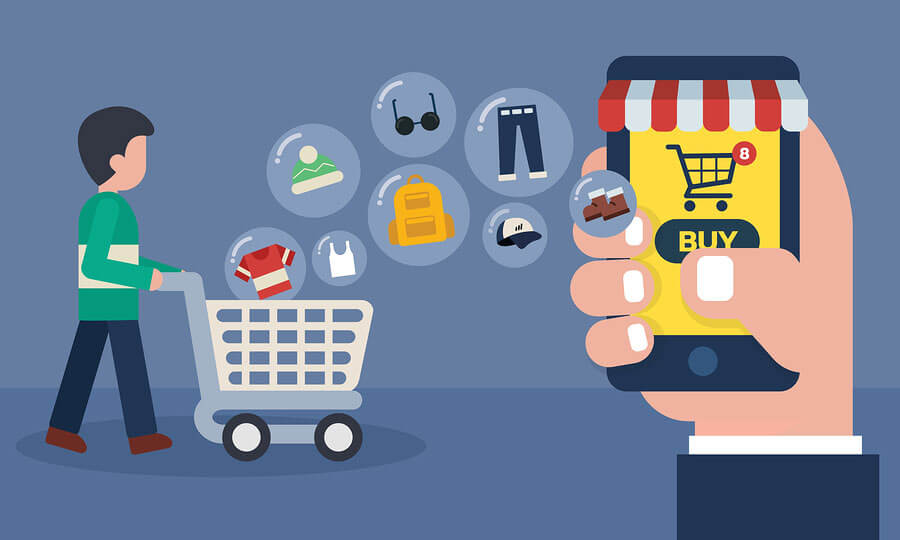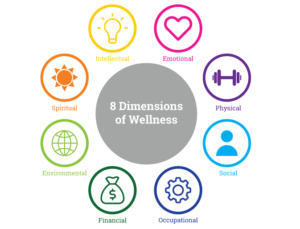Online shopping has become a staple of modern life, offering convenience and access to countless products from around the world. Yet, while it promises an easy and seamless experience, it also brings a host of challenges that can frustrate even the most seasoned shopper. From shipping delays to security concerns, the digital marketplace is not without its hurdles. But don’t worry! Many of these challenges have simple solutions that can make your online shopping experience smoother, safer, and more enjoyable.
In this post, we’ll discuss some of the most common obstacles that shoppers face when shopping online and provide practical solutions for overcoming them.
1. Shipping Delays and Unexpected Costs
One of the biggest headaches for online shoppers is waiting for their purchases to arrive. Shipping delays can occur due to a variety of reasons, such as high demand, weather conditions, or logistical issues. On top of that, some buyers are often blindsided by hidden fees such as customs duties, delivery charges, or taxes that weren’t clearly stated before checkout.
Solution:
To avoid surprises, always double-check shipping policies and read through all associated costs before completing your purchase. Look for websites that clearly outline delivery estimates and any additional fees upfront. If possible, choose retailers that offer free shipping or discounted rates. Additionally, many online stores now allow you to track your order in real-time, so you can stay updated on its progress.
2. Security Concerns and Fraudulent Websites
Security is a major concern when shopping online, especially with increasing reports of data breaches and fraudulent websites. Entering payment information on an unsecured website or falling for phishing scams can result in identity theft or financial loss.
Solution:
To ensure a safe shopping experience, always shop on trusted and reputable websites. Look for a URL that starts with “https,” which indicates the site is encrypted and secure. Avoid clicking on suspicious links from emails or pop-up ads. If a deal seems too good to be true, it likely is. Additionally, use payment methods such as credit cards or PayPal, which offer protection against fraud. If you’re ever unsure, consider doing a quick search for reviews of the site to see if others have had positive experiences.

3. Sizing and Fit Issues
A common challenge when buying clothing, shoes, or accessories online is ensuring the product fits correctly. Since you can’t try items on, there’s always the risk of receiving something that doesn’t match your size or expectations.
Solution:
To minimize the risk of ordering the wrong size, always consult the store’s size guide. Sizes can vary between brands, so don’t just rely on your usual size. Pay attention to the specific measurements provided for each item, especially for items like shoes and outerwear. Customer reviews can be very helpful, as shoppers often comment on whether items run large or small. If the retailer offers virtual fitting tools or augmented reality features, be sure to use them. And, always check the return policy before making a purchase in case the item doesn’t fit.
4. Product Authenticity and Quality Concerns
With the proliferation of counterfeit products, especially in categories like luxury goods and electronics, many shoppers are concerned about whether the item they’re buying is genuine. The online marketplace makes it harder to inspect products in person, leading to uncertainty about quality and authenticity.
Solution:
The best way to ensure you’re getting a genuine product is to shop directly from the brand’s official website or a well-established retailer. If you’re purchasing from third-party sellers, make sure to check reviews and ratings. If buying luxury items, look for authenticity certificates or any other proof of legitimacy. Be wary of deals that seem too good to be true, especially for high-demand or high-end products.
5. Return and Refund Complications
Returning products can often be a cumbersome process, with some stores imposing strict return windows or charging restocking fees. The last thing you want is to be stuck with an item you don’t want, especially if the return process is complicated or costly.
Solution:
Before purchasing, always familiarize yourself with the store’s return policy. Some retailers offer free returns, extended return windows, or simple online processes for handling returns and exchanges. If you’re unsure about an item, try to buy from stores with easy return options or no-questions-asked return policies. Also, consider using credit cards with purchase protection, as they may assist you in disputing charges for items that don’t meet expectations.
6. Lack of Personalized Experience
Unlike shopping in a brick-and-mortar store, online shopping can feel impersonal. There’s no salesperson to offer advice or recommend items based on your preferences. You may end up overwhelmed by endless choices with no clear guidance.
Solution:
Take advantage of online tools and features that can make the experience more personalized. Many e-commerce websites use AI-driven algorithms to recommend products based on your browsing and purchasing history. Look for stores that offer live chat support or virtual shopping assistants. Some online stores also provide stylist services or expert recommendations that can make shopping feel more tailored to your needs.
7. Overwhelming Product Choices
The vast selection of products available online can often lead to decision fatigue. With so many similar items to choose from, it’s easy to feel overwhelmed, especially when you’re trying to find the perfect product within a specific price range.
Solution:
To narrow down your options, use filters to sort products by categories such as price, brand, rating, or features. You can also refer to lists of “best sellers” or “top-rated” items to quickly find popular choices. Read customer reviews to get honest feedback about the product’s pros and cons. If you’re shopping for something more specific, make a list of the must-have features you want in the product, which will help you filter out less relevant choices.
8. Inaccurate Product Descriptions and Photos
Another common issue is the discrepancy between a product’s online image or description and its actual appearance. This can lead to disappointment when your purchase doesn’t meet your expectations.
Solution:
Always read the product description thoroughly, paying close attention to specifications such as size, material, and features. Many online stores now provide 360-degree images or video demonstrations of products, which can give you a clearer idea of what you’re buying. If the product description or image is unclear, don’t hesitate to reach out to customer service for clarification before completing your purchase.

9. Slow Customer Service Response Times
When something goes wrong with an online order—whether it’s a delayed delivery or a product defect—getting in touch with customer service can be frustrating. Long wait times and unhelpful representatives are common complaints.
Solution:
To minimize frustrations, research the store’s customer service reputation before making a purchase. Many online stores provide multiple channels to reach customer support, including live chat, email, or even social media. If you have an urgent issue, try using live chat or reaching out on social media for faster responses. Additionally, check if the store offers a self-service help center with FAQs and troubleshooting tips.
10. Environmental Impact of Online Shopping
The rise of e-commerce has contributed to increased carbon emissions and packaging waste. For environmentally conscious shoppers, this can be a major concern when making purchases.
Solution:
Look for online retailers that prioritize sustainability. Some stores offer eco-friendly packaging, carbon-neutral shipping, or allow you to opt for slower delivery methods to reduce emissions. You can also consider buying from local shops to minimize transportation impacts. Finally, before making a purchase, ask yourself if you really need the item, and consider the long-term environmental impact of your shopping habits.
Conclusion
While online shopping offers unmatched convenience, it’s not without its challenges. From shipping delays to concerns over product authenticity, many obstacles can make the process less enjoyable. However, with a little preparation and awareness, most of these issues can be easily overcome. By following the solutions outlined above, you’ll be able to make smarter purchasing decisions, protect your personal information, and enjoy a more satisfying online shopping experience.
Happy shopping!





